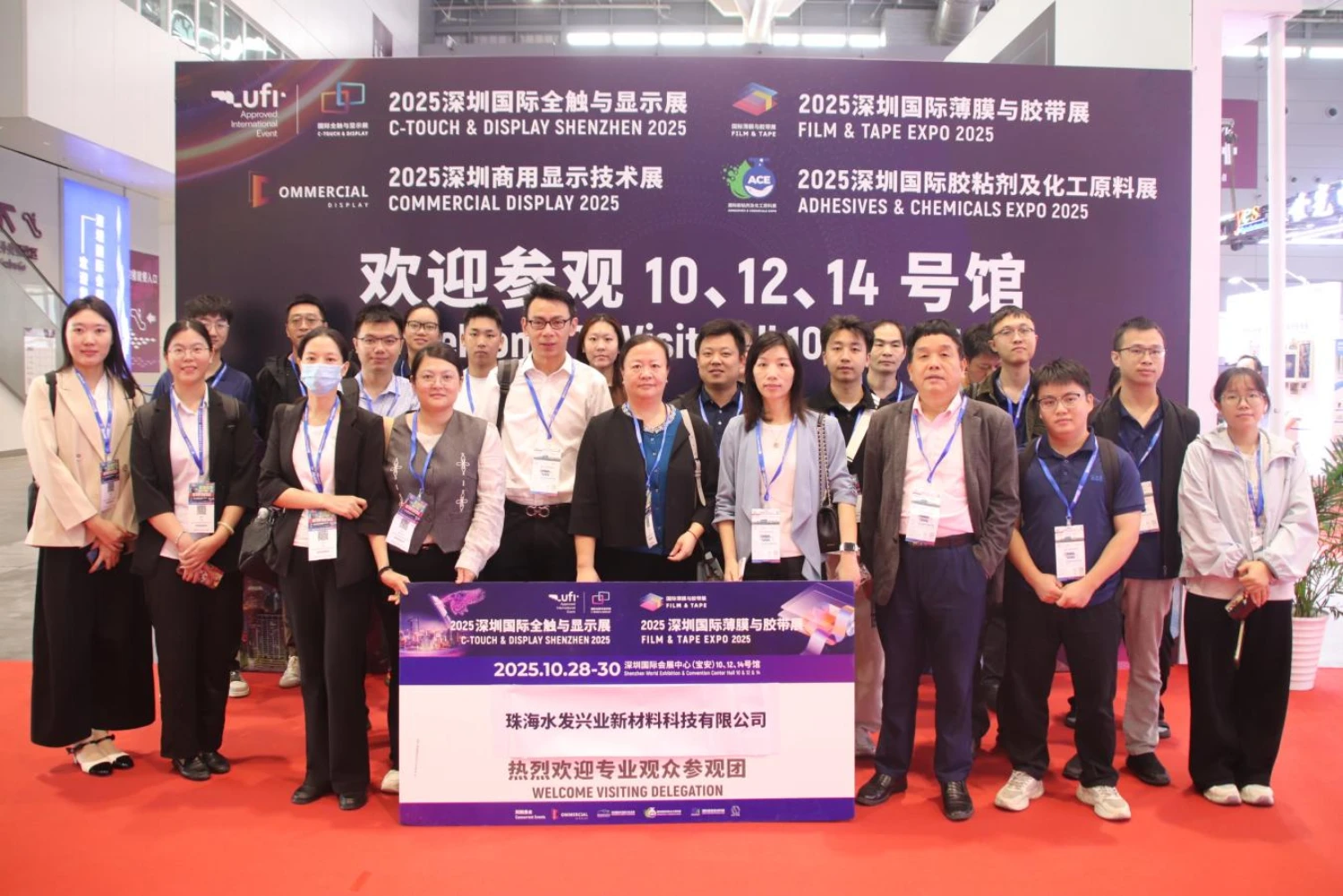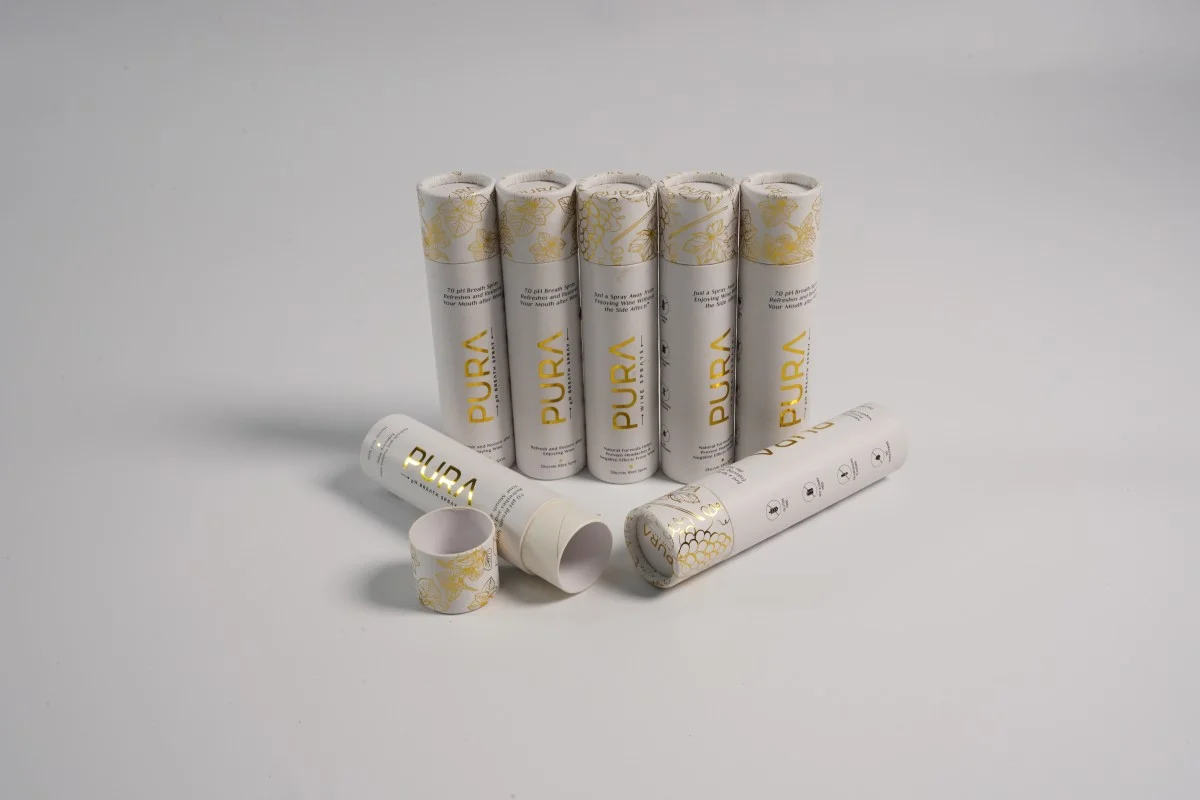Manufacturing process of high-quality flexible food packaging
4 min readFlexible food packaging is an essential component of the food industry, playing a critical role in preserving the freshness, safety, and quality of food products. The process of manufacturing such packaging is intricate, involving multiple steps to ensure the end product is not only functional but also visually appealing. In this blog post, Leater will share the manufacturing process of high-quality flexible food packaging, from the selection of raw materials to the final packaging.
Introduction to Flexible Food Packaging
Flexible food packaging refers to any packaging that is pliable and can be easily bent or folded. It is typically made from plastic films, laminates, or foils and is used for a wide range of food products, including snacks, dairy products, meats, and fresh produce. The primary goal of flexible packaging is to protect the food from external factors such as moisture, oxygen, and bacteria, while also providing convenience to consumers.
Selection of Raw Materials
The first step in the manufacturing process is the selection of raw materials. High-quality flexible food packaging is made from a variety of materials, including:
- Polyethylene (PE): Known for its flexibility, chemical resistance, and barrier properties against moisture.
- Polypropylene (PP): Offers excellent resistance to fats and oils, making it ideal for packaging dairy and meat products.
- Polyvinyl chloride (PVC): Provides good clarity and barrier properties but is less commonly used due to environmental concerns.
- Nylon (PA): Known for its strength and barrier properties, often used in combination with other materials for added puncture resistance.
- Metallized films: Provide a barrier against light, which is essential for products sensitive to UV radiation.
The choice of materials depends on the specific requirements of the food product, such as the need for barrier properties, strength, or transparency.
Design and Conceptualization
Once the materials are selected, the design process begins. This involves creating a layout that will be used to print on the packaging. The design must consider several factors, including:
- Branding: The packaging must reflect the brand's identity and values.
- Information: All necessary information, such as nutritional facts, ingredients, and expiration dates, must be clearly displayed.
- Aesthetics: The design should be visually appealing to attract consumers.
Printing
Printing is a crucial step in the manufacturing process. It involves transferring the design onto the packaging material. The printing process can be done using various techniques, including:
- Flexography: A common method for printing on flexible packaging, known for its durability and cost-effectiveness.
- Gravure: Offers high-quality, detailed prints and is ideal for longer production runs.
- Offset Lithography: Known for its ability to print on a wide range of materials and is often used for high-quality, full-color prints.
The inks used in the printing process must be food-grade to ensure safety.
Lamination
Lamination is the process of combining multiple layers of material to enhance the packaging's barrier properties, strength, and durability. This can involve laminating plastic films, foils, or even paper, depending on the desired characteristics of the final product.
Pouch Making
After lamination, the material is cut and formed into pouches or other packaging shapes. This can be done through various methods, including:
- Thermoforming: Used for creating pouches with a three-dimensional shape.
- Cold forming: A process that does not require heat, suitable for materials that can be easily formed at room temperature.

Sealing and Finishing
Sealing is a critical step to ensure the integrity and freshness of the food product. There are several sealing techniques used in the industry:
- Heat sealing: Involves applying heat to the edges of the packaging material to create a bond.
- Ultrasonic sealing: Uses high-frequency vibrations to seal the packaging without the need for heat.
The final step in the process is finishing, which may include adding features such as zip locks, tear notches, or resealable closures for consumer convenience.
Quality Control
Throughout the manufacturing process, quality control is essential to ensure that the packaging meets industry standards and is safe for use with food products. This involves:
- Visual inspections: To check for defects in the material or printing.
- Barrier testing: To ensure the packaging provides the necessary protection against moisture, oxygen, and other contaminants.
- Strength testing: To ensure the packaging can withstand the rigors of transportation and handling.
Sustainability and Innovation
With growing environmental concerns, the food packaging industry is increasingly focusing on sustainability. This includes:
- Recyclable materials: Using materials that can be easily recycled or are made from recycled content.
- Biodegradable materials: Developing packaging that can break down naturally over time.
- Innovative designs: Creating packaging that reduces material usage without compromising functionality.
Conclusion
The manufacturing process of high-quality flexible food packaging is a complex and multifaceted endeavor. It requires careful consideration of materials, design, printing, lamination, and sealing techniques, all while keeping quality, safety, and sustainability in mind. As the industry continues to evolve, we can expect to see even more innovative solutions that meet the diverse needs of consumers and the environment.
https://www.leaterpack.com/Manufacturing-process-of-high-quality-flexible-food-packaging.html
www.leaterpack.com
Leater


